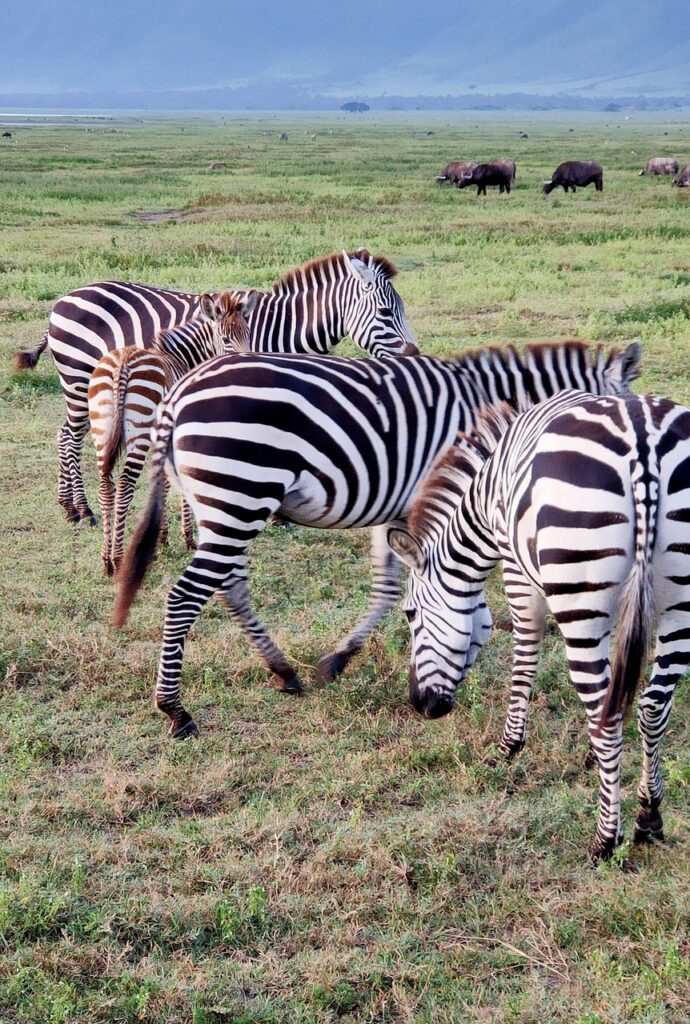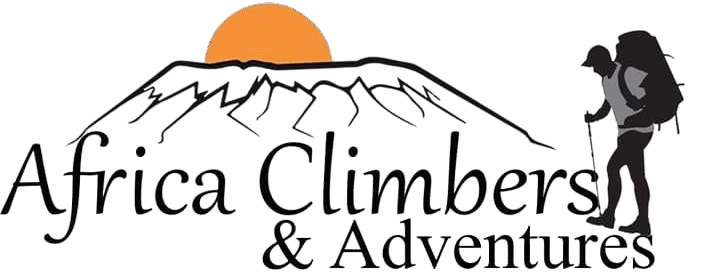7 Days Kilimanjaro Umbwe Route Overview
The 7 Days Umbwe Route offers a more acclimatization-friendly variation of Kilimanjaro’s steepest and most adventurous path. Known for its direct ascent through forested ridgelines and panoramic valleys, the Umbwe Route is perfect for experienced trekkers seeking a challenging and less-crowded climb. Unlike the 6-day version, this itinerary includes an extra acclimatization day at Karanga Camp, increasing your summit success rate.
This route begins at Umbwe Gate and winds through lush rainforests, steep ridges, and high-altitude alpine zones. Eventually, it merges with the Machame Route at Barranco Camp and follows the southern circuit to Uhuru Peak. The descent is via the Mweka Route.
Tour Highlights
Steepest and most adventurous Kilimanjaro route
Incredible views of valleys and southern glaciers
Joins with Machame Route at Barranco Camp
Extra acclimatization day increases summit success
Remote trail with fewer trekkers
Descends via the scenic Mweka Route
✅ 7 Days Kilimanjaro Umbwe Route – Day-by-Day Itinerary
Day 1: Umbwe Gate (1,800m) – Umbwe Cave Camp (2,850m)
After breakfast and a thorough briefing, transfer to Umbwe Gate, where your adventure begins. The trail immediately ascends steeply through a dense tropical forest, often with moist undergrowth and narrow ridges.
Hiking Time: 5–6 hours
Elevation Gain: +1,050m
Habitat: Montane Forest
Meals: Lunch & Dinner
Overnight: Umbwe Cave Camp
Day 2: Umbwe Cave Camp – Barranco Camp (3,950m)
You’ll exit the forest and enter moorland, following sharp ridgelines with sweeping views of the valleys below. Upon reaching Barranco Camp, the trail merges with the Machame Route.
Hiking Time: 4–5 hours
Elevation Gain: +1,100m
Habitat: Heath & Moorland
Meals: Breakfast, Lunch & Dinner
Overnight: Barranco Camp
Day 3: Barranco Camp – Karanga Camp (3,995m)
A scenic and adventurous day starts with the iconic Barranco Wall climb. After this exhilarating ascent, traverse glacial valleys and reach Karanga Camp, which lies in an open alpine desert landscape.
Hiking Time: 4–5 hours
Elevation Gain: +45m
Habitat: Alpine Desert
Meals: Breakfast, Lunch & Dinner
Overnight: Karanga Camp
Day 4: Acclimatization Day at Karanga Camp
This extra day at Karanga Camp allows your body to adapt to high altitude. Enjoy a short acclimatization hike above camp and return for rest. This extra time significantly improves your chances of summit success.
Activities: Short acclimatization hike (optional)
Meals: Breakfast, Lunch & Dinner
Overnight: Karanga Camp
Day 5: Karanga Camp – Barafu Camp (4,673m)
After breakfast, hike to Barafu Camp, your summit base camp. The route is dry and winds through loose volcanic scree. You’ll rest early, as the summit push starts around midnight.
Hiking Time: 3–4 hours
Elevation Gain: +678m
Habitat: Alpine Desert
Meals: Breakfast, Lunch & Dinner
Overnight: Barafu Camp
Day 6: Barafu Camp – Uhuru Peak (5,895m) – Mweka Camp (3,100m)
Begin your summit attempt in the early hours, navigating the steep switchbacks to Stella Point, then continue to Uhuru Peak, the roof of Africa. After celebrating at the summit, descend to Mweka Camp via Barafu.
Hiking Time: 12–14 hours
Elevation Gain: +1,222m, then descend -2,795m
Habitat: Arctic to Forest
Meals: Breakfast, Lunch & Dinner
Overnight: Mweka Camp
Day 7: Mweka Camp – Mweka Gate (1,640m) – Transfer to Moshi/Arusha
The final day involves an easy descent through lush rainforest. Upon reaching Mweka Gate, you’ll receive a summit certificate before being transferred back to your hotel in Moshi or Arusha.
Hiking Time: 3–4 hours
Habitat: Rainforest
Meals: Breakfast
What’s Included
All Kilimanjaro park fees and rescue charges
Professional guides, porters, and cook
Tents, sleeping mats, and mess tent
Full-board meals during the trek
Drinking water and hot drinks
Transfers to/from the trailhead
Oxygen and first-aid kit on mountain
Certificate of summit completion
What to Bring
Layered trekking clothes (thermal, fleece, waterproof)
Hiking boots, gaiters, gloves, and warm socks
Sleeping bag (can be rented)
Backpack and daypack
Headlamp, water bottles, and water purification tablets
Sunscreen, lip balm, sunglasses
Personal medications and toiletries
Best Time to Climb
January–March: Less crowded, cooler weather, snow on the summit
June–October: Drier, sunny weather and great visibility
Short Important Information
Acclimatization is Key
Altitude sickness is the biggest challenge on Kilimanjaro. Our itineraries are designed to help your body adjust gradually with the “pole pole” (go slow) approach. Longer routes have higher summit success rates.Proper Gear is a Must
The weather can change quickly, from hot to freezing cold. Pack layered clothing, waterproof gear, thermal sleeping bags, and quality hiking boots. A complete packing list will be provided after booking.Physical Fitness Helps
You don’t need to be an athlete, but good physical preparation is essential. We recommend cardio exercises and long walks or hikes before your trip. Mental strength is just as important as physical fitness.Weather Conditions
Expect a variety of climates as you climb—starting from tropical forests to arctic zones near the summit. Nights can be extremely cold, especially above 4,000 meters. Always be prepared for rain and wind.Guides and Porters Included
All our packages include experienced guides, porters, and a cook for your comfort and safety. They’ll carry your heavy bags and set up camp or arrange hut stays. Tips for the crew are highly appreciated and customary.Medical and Safety Measures
Our team carries a first aid kit, pulse oximeters, and oxygen cylinders for emergencies. Your health is monitored daily during the trek. In case of severe altitude sickness, emergency descent will be arranged.Park Fees and Permits Covered
All government park fees, rescue fees, camping or hut charges are included in your package. No hidden costs. Your climb is fully authorized and compliant with Kilimanjaro National Park regulations.
Frequently Asked Questions (FAQs)
Why choose the 7-day Umbwe Route over the 6-day?
The extra day at Karanga Camp improves acclimatization and increases your summit success rate.Is the Umbwe Route crowded?
No. It is one of the least-used routes, offering more solitude.How physically demanding is this route?
Very demanding. It requires excellent physical fitness due to its steep gradient and fast altitude gain.Are guides and porters experienced?
Yes. Licensed guides and experienced porters are provided on all treks.What’s the accommodation like on the mountain?
Accommodation is in high-quality tents with sleeping mats provided.Is altitude sickness a concern on this route?
Yes. However, the 7-day itinerary helps reduce the risk significantly with a dedicated acclimatization day.Do I need travel insurance?
Absolutely. Travel insurance that covers high-altitude trekking and emergency evacuation is strongly recommended.
REQUEST FREE QUOTE
Our Whatsapp chat available 24/7

Price Includeds
Park entry fees and government taxes
Private 4×4 safari vehicle with a pop-up roof
Professional English-speaking driver-guide
Full-board accommodation during the safari
Bottled drinking water during game drives
Airport transfers (arrival and departure)
Price Excludeds
International and domestic flights
Travel insurance and visa fees
Tips for the guide and lodge staff
Alcoholic and soft drinks at lodges
Personal expenses (e.g. souvenirs, laundry)
Optional activities (e.g. balloon safari, Maasai village visit)
